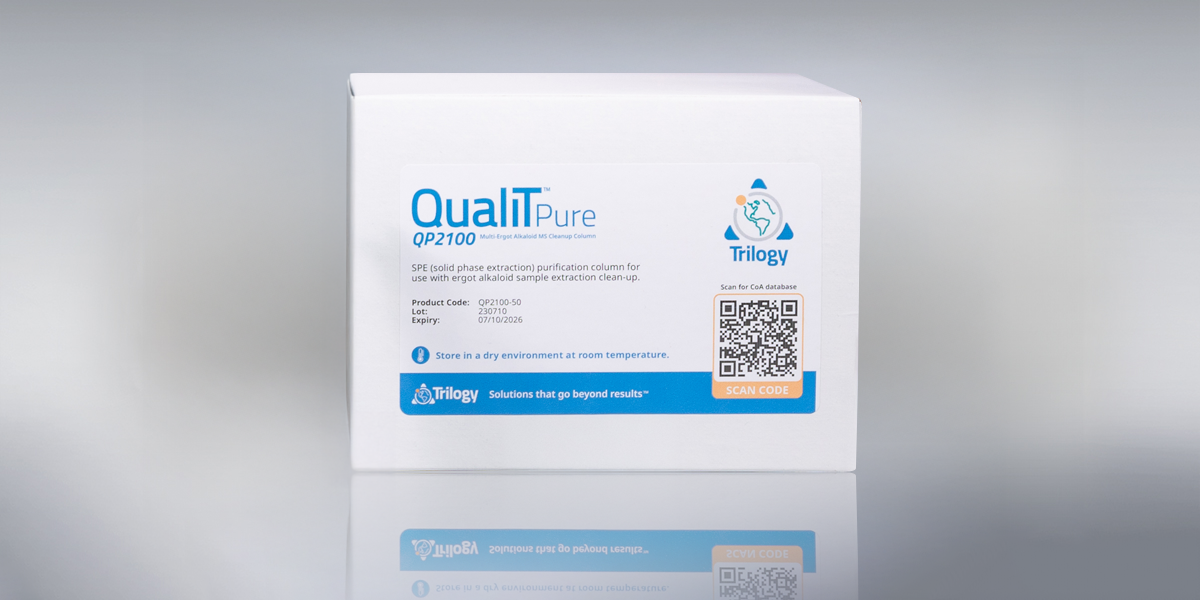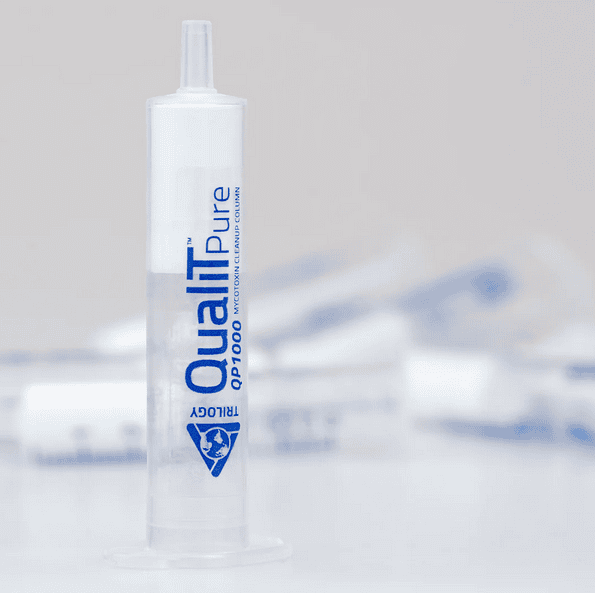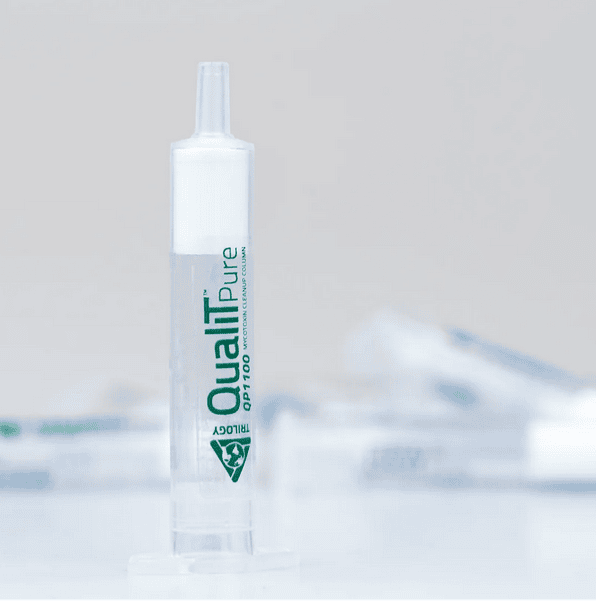
Recent news in Food & Feed Analysis
- Home
- /
- Updated EU and US...
Updated EU and US Legislative Limits for Fusarium Mycotoxins: What You Need to Know

Fusarium toxins are among the most prevalent contaminants in cereals and grain-based products. These naturally occurring toxins, produced by Fusarium fungi, pose risks to both human and animal health, making their regulation a priority for food safety authorities worldwide.
In 2024, the European Union introduced stricter legislation, lowering the maximum legislative levels of deoxynivalenol (DON) and introducing legislation for T-2 and HT-2 toxins. These changes impact producers, processors, and laboratories responsible for mycotoxin testing, requiring adjustments in quality control strategies to remain compliant.
Key changes to regulation
The European Union has introduced lower maximum levels for certain Fusarium mycotoxins in cereals and cereal-based products. These updates primarily affect Deoxynivalenol and T-2 & HT-2.
- Unprocessed Cereal Grains (excluding oats) – The maximum level has been reduced from 1,250 ppb to 1,000 ppb.
- Unprocessed Oat Grains with Husk: The limit remains unchanged at 1,750 ppb.
- Milling Products of Cereals: A new maximum level of 600 ppb has been established.
T-2 and HT-2 toxins were previously monitored using guideline levels rather than strict legislative limits. The latest regulations introduce mandatory maximum thresholds for a range of food products, including cereal grains, processed milling products, and cereal-based foods, with specific limits varying by category. The new maximum levels are:
- Unprocessed cereal grains (excluding barley) – 50 ppb.
- Oats placed on market for final consumer – 100 ppb.
- Milling products of oats – 100 ppb.
- Unprocessed barley grains (excluding malting barley) – 150 ppb.
- Unprocessed malting barley grains – 200 ppb.
- Unprocessed oat grains with husk – 1250 ppb.
The U.S. Food and Drug Administration has also updated their compliance program to monitor additional mycotoxins of regulatory interest in human foods, specifically T-2/HT-2 toxins and zearalenone. The updated compliance program also reflects the transition by FDA regulatory laboratories to a multi-mycotoxin method for analysis. In both cases this presents opportunities for R-Biopharm Rhône’s single and multi-toxin Fusarium products. These changes mean businesses operating in food and feed industries must ensure compliance with these stricter regulations.
Ensuring Compliance: Reliable Testing Solutions
With access to an incredible team of onsite R & D and production scientists, R-Biopharm Rhône are able to respond quickly and effectively to any changes made to regulations. We offer a range of analytical testing solutions to suit any level of expertise, that offer accurate detection of fusarium toxins. These regulatory updates necessitate enhanced testing capabilities and more rigorous quality control measures. Laboratories must adapt to the new limits by implementing advanced testing methods and ensuring their equipment and protocols are up to date. R-Biopharm Rhône offers a range of validated methods using immunoaffinity columns in conjunction with HPLC and LC-MS/MS, helping labs achieve consistent, reliable results that meet both the new EU and US legislative limits.



